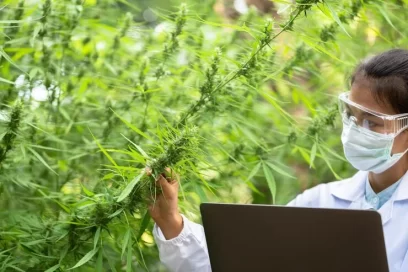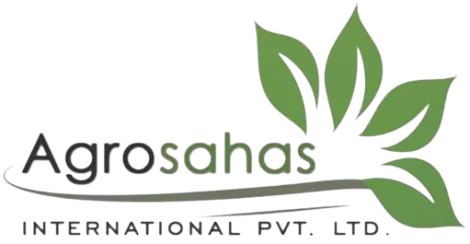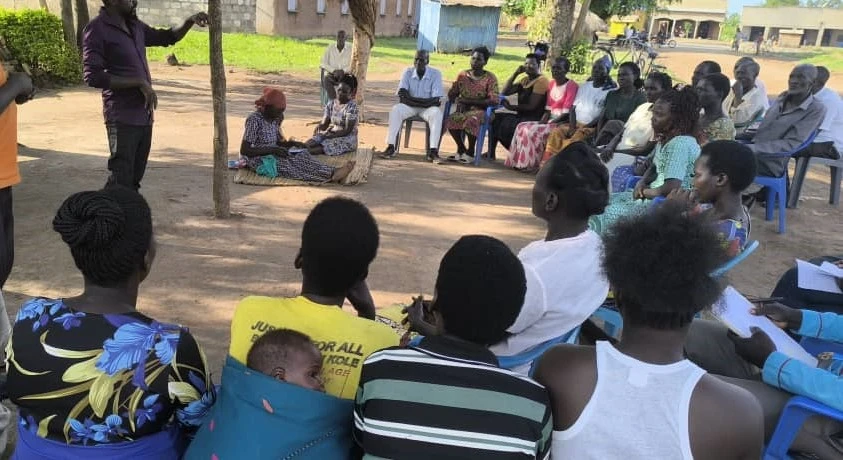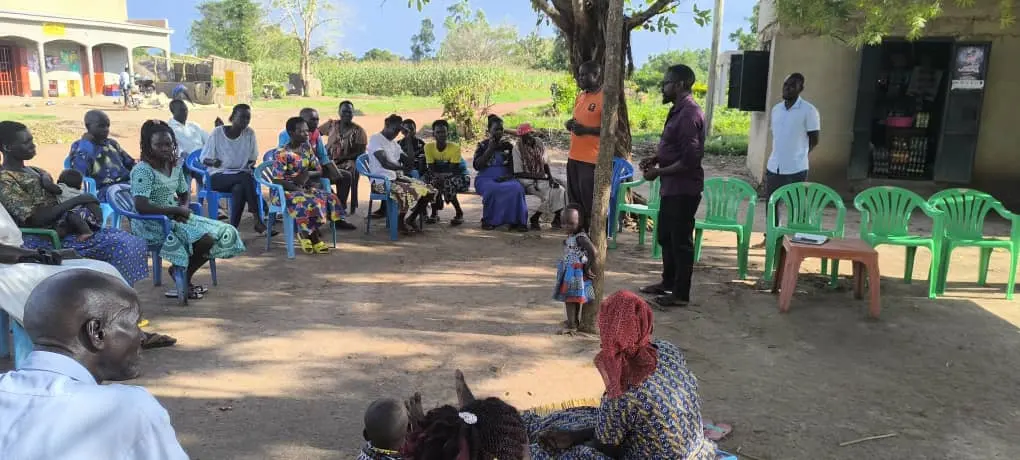Agriculture is a vital source of livelihood for millions of people, particularly in rural areas. However, the sector is fraught with risks such as unpredictable weather, pests, diseases, and market fluctuations. These challenges can lead to significant financial losses for farmers, impacting their income and food security. To address these risks, Agrosahas International PVT LTD has developed innovative crop insurance models that provide farmers with a safety net, helping them manage risks and sustain their livelihoods.
Understanding Risk Management in Agriculture
Risk management in agriculture involves strategies and tools designed to mitigate the adverse effects of uncertainties in farming. These strategies can include diversification of crops, adoption of resilient farming practices, access to timely information, and financial instruments such as crop insurance. Effective risk management is crucial for ensuring the sustainability and profitability of agricultural activities.
The Role of Crop Insurance in Risk Management
Crop insurance is a vital component of agricultural risk management. It provides financial protection to farmers in the event of crop failure due to factors beyond their control, such as natural disasters, pests, or diseases. By compensating farmers for their losses, crop insurance helps stabilize their income and encourages them to invest in their farms, ultimately contributing to food security and rural development.
Agrosahas’ Innovative Crop Insurance Models
Agrosahas is committed to supporting farmers by providing them with access to crop insurance models that are tailored to their needs. These models are designed to be affordable, accessible, and effective in protecting farmers from financial losses.

1. Weather-Based Crop Insurance
Weather conditions are one of the most significant risks in agriculture. Unpredictable rainfall, droughts, floods, and storms can devastate crops, leading to substantial financial losses. Agrosahas’ weather-based crop insurance model offers coverage based on specific weather conditions, such as rainfall levels or temperature. If the weather parameters exceed or fall below the predefined thresholds, farmers are automatically compensated without the need for a lengthy claims process.
2. Area-Yield Crop Insurance
Agrosahas also offers area-yield crop insurance, which provides coverage based on the average yield of a specific area, such as a village or district. If the actual yield in the insured area falls below a predetermined threshold due to factors like pests or diseases, all farmers in that area are compensated. This model is particularly beneficial for smallholder farmers who may not have the resources to individually assess and claim losses.
3. Index-Based Crop Insurance
Index-based crop insurance is another innovative model offered by Agrosahas. This type of insurance uses various indices, such as satellite data or weather patterns, to determine the extent of crop losses. The payouts are triggered automatically when the indices indicate a loss, making the process more efficient and transparent. Index-based insurance is especially useful in areas where traditional loss assessment methods are challenging to implement.
How Agrosahas Supports Farmers with Crop Insurance
Agrosahas goes beyond simply offering crop insurance policies; we actively support farmers in understanding and utilizing these tools to manage risks effectively.
1. Farmer Education and Awareness Programs
Many farmers in rural areas are unfamiliar with the concept of crop insurance and its benefits. Agrosahas conducts farmer education and awareness programs to inform them about the importance of crop insurance, how it works, and how to enroll in these schemes. By empowering farmers with knowledge, we help them make informed decisions that protect their livelihoods.
2. Collaboration with Local Stakeholders
Agrosahas collaborates with local stakeholders, including government agencies, financial institutions, and community leaders, to promote crop insurance. These partnerships enable us to reach more farmers, streamline the insurance process, and ensure that the policies are relevant to the specific needs of different farming communities.
3. Simplified Enrollment Process
To make crop insurance more accessible, Agrosahas has simplified the enrollment process for farmers. We offer easy-to-understand forms, local enrollment centers, and assistance from our field staff. This approach ensures that even farmers with limited literacy or access to technology can benefit from crop insurance.

The Importance of Crop Insurance for Sustainable Agriculture
Crop insurance is not just a financial product; it is a critical tool for promoting sustainable agriculture. By reducing the financial risks associated with farming, crop insurance encourages farmers to invest in better seeds, fertilizers, and technologies, leading to higher productivity and more resilient farming systems.
Moreover, crop insurance contributes to food security by stabilizing farmers’ incomes and ensuring that they can continue farming even after experiencing losses. This stability is essential for maintaining a consistent food supply and reducing poverty in rural areas.
Conclusion
Agrosahas International PVT LTD is dedicated to helping farmers manage risks and build resilience through innovative crop insurance models. Our weather-based, area-yield, and index-based insurance options provide comprehensive coverage tailored to the unique challenges faced by farmers. By offering education, simplifying enrollment, and collaborating with local stakeholders, Agrosahas ensures that farmers can protect their livelihoods and contribute to sustainable agricultural development.




